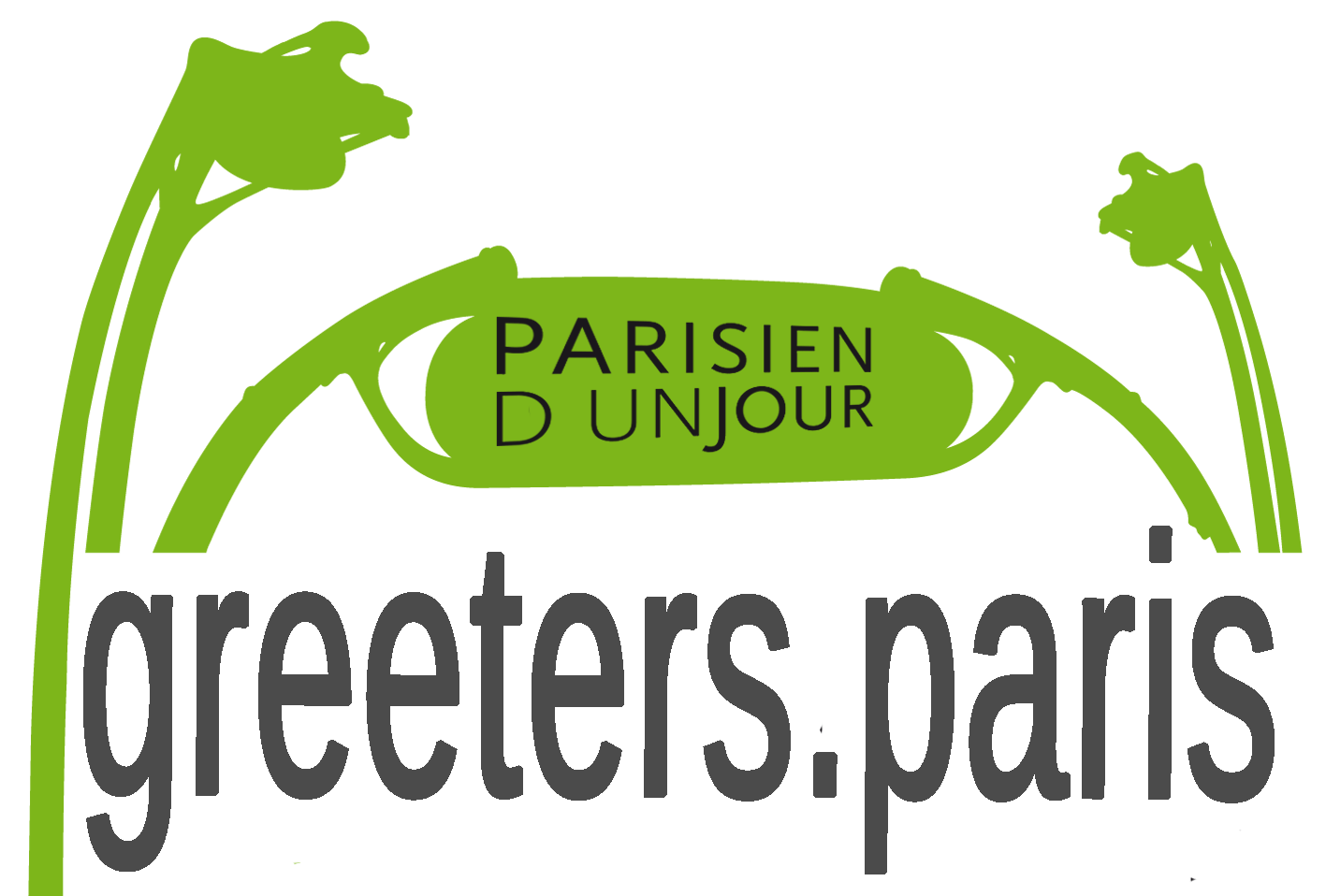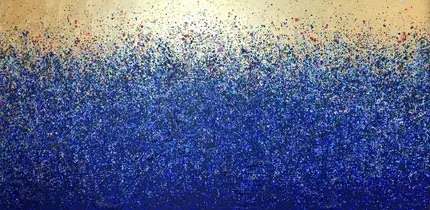23.12.13
19.12.13
Alphabet, flowers...
There is a
school in the 9th arrondissement, named after Paul Gauguin. One of
its walls is covered by tiles, illustrating the alphabet and obviously each
letter is referring to a flower. I’m definitely no flower expert, but I’m sure
there are some among my blog visitors. Maybe you could help to give the names
of the flowers? Of course the letters here refer to the French names of the
flowers, but if you recognize some of them in English, German, Chinese, Swedish…,
I’m sure we can find the translation.
Well, I
believe I may (after serious research) have recognized a few, but I may be
wrong:
B for “bégonia”,
D for “digitale” (digitalis - fox-glove), E for “églantier” (eglantine), G for “geranium”,
J for “jacinthe” (hyacinth), L for “lis” (lily), M for “marguerite” (daisy), N
for “narcisse” (narcissus), O for “orchidée” (orchid), R for “rose”, T for “tulipe”…
What also confused me was e.g. that the S to me looks like a sunflower which
would be fine in English, but it’s called “tournesol” in French and also that the
Y seems to be a “muguet” (lily-of-the-valley)…
Labels:
Paris 9
16.12.13
The Philippe-Auguste Wall again ... and again
I have
already several times talked about the wall that surrounded Paris, built
between 1190 and 1210, and named after the King Philippe-Auguste (1165-1223). See all my Philippe-Auguste posts here.
I found
another trace, well hidden – but also well saved and protected – in a modern
building, close to where many other remains can be found, if you manage to open
doors and gates. You can find this one in a little alley, named after the
photographer Jacques Henri Lartigue (1894-1986).
Labels:
Paris 5,
Philippe Auguste wall
12.12.13
9.12.13
Banksy ?
There is a
discussion ongoing right now whether the famous street artist Banksy is the
person who recently created this in a small alley, close to rue Mouffetard, Le
Passage des Postes. It has been stated as fake, reconfirmed as a real one,
reconfirmed as a fake…
Banksy, who
remains more or less anonymous, with origins in Bristol U.K., has also published
books, made films and is certainly the best known street artist today, active
all over the world, more recently in New York. Some of his works are sold for hundreds
of thousands of dollars, pounds or euros. Happenings around him include the
sales in a pop-up boutique on the 5th Avenue in New York this year,
when spray-art canvasses were put up for sale at 60$. Very few were sold, but
are today estimated to more than 30,000 $.
It was
indicated that a second Banksy graffiti had appeared in Montmartre,
rue Piémontési. I checked. If it was there, it’s already painted over.
Here are
some examples of Banksy’s artwork elsewhere.
His technique
is of course very similar to the one often used by the French artist Jef Aerosol,
active well before Bansky and whose works are largely present in Paris – and elsewhere
– and on whom I have posted e.g. here and here.
Labels:
Paris 5,
Street Art,
Urban Art
5.12.13
The fox and the crow
The fabulist
Jean de la Fontaine (1621-95) has his statue in the Ranelagh Gardens (see
previous post). The present statue from 1984 replaces a statue from 1891 which
among many others disappeared during WWII - the metal was required by the occupants for other use. (The stand is the original one.)
The present
statue refers more particularly to the fable “The Fox and the Crow” and we can
see that the fox and the crow were represented already on the previous statue.
The fable which
of course serves as a warning against listening to flattery was published in 1668
in an illustrated version in the first of 12 volumes of fables. Jean de la Fontaine made no secret of the fact
that he often based his fables on existing ones. This fable is already
attributed to the Greek fabulist Aesop (620-564 BC) and exists also in other
cultures, e.g. in India.
Here you
can read La Fontaine’s fable in its French and a translated English version.
La Fontaine
is buried, close to his friend Molière, at the Père Lachaise cemetery (see previous
post). (Their remains were brought there in 1817 in order to attract interest for the cemetery, then newly opened and by people considered to be too
far from the city centre.)
Labels:
Jardin de Ranelagh,
Paris 16
2.12.13
Horses...
Last Sunday was a great horse-day in Paris. Actually there
were two horse parades in the city. One was to protest aganinst increased (from
7 to 20%) Value Added Taxes (VAT) which will hit equestrian centres / riding
schools. There are thousands of them in France. I missed the hundreds of horses
and poneys that « demonstrated » in the eastern parts of Paris, but I
saw another horse parade…
The one I saw was meant to draw the attention to the 42nd « Salon
de Cheval » which takes place November 30 – December 8. You can read
more about it here. This is – part of – what I could see.
I happened to be close to another horse, mounted by George
Washington. The police taking care of the traffic issues, was of course also
mounted, which was however not the case with the cleaning service.
28.11.13
25.11.13
Saint Catherine
Today we are celebrating Saint Catherine.
There are
many Saint Catherines, but the most celebrated one is probably the early 4th
century Saint Catherine of Alexandria, also known as ”Saint Catherine of the
Wheel” or the “Great Martyr Saint Catherine”. (You can read more about her here.)
After different methods of torture, she was finally beheaded by the Roman
Emperor Maxentius.
Saint Catherine is or was the patroness of many, including young
maidens.This makes
the link to the French tradition to ”celebrate” girls, still unmarried at the
age of 25, on the Saint Catherine’s day. The unmarried – referred to as “Catherinettes”,
are supposed to wear fantasy hats with coloured bands (green for wisdom, yellow
for faith), to go out dining with friends and perhaps go dancing, maybe in the
hope to find a future husband before the end of the day. (Originally you were also
supposed to make a prayer to Saint Catherine.)
On the
Square Montholon, along rue Lafayette…
… you can
find a statue of some “Catherinettes”. It was made in 1908. Things have changed
since then. Maybe those days, more than 90 percent of the girls had found a
husband before the age of 25, today the percentage may be around 10 or 15. Less
and less people get married and if they marry, the average age for the female
partner has during the last 50 years increased from 23 to 30.
I took
these photos about a week ago in the sun and the autumn colours…
Labels:
Paris 9
Subscribe to:
Posts (Atom)
































































